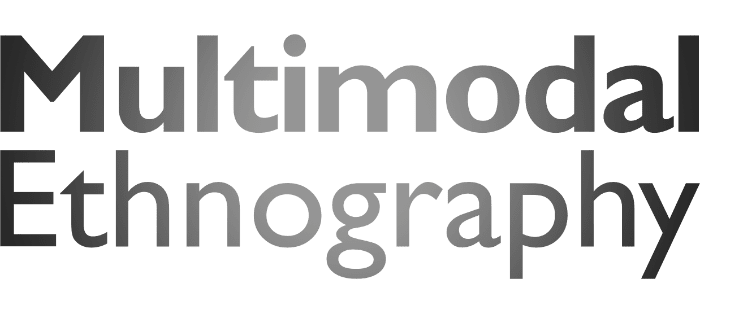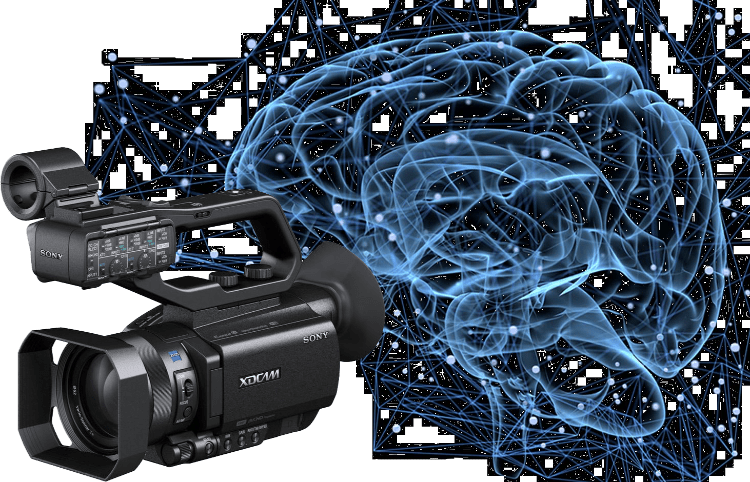Thinking with a camera is a conceptual framework for integrating audiovisual technologies into multimodal methodologies in ways that gives serious consideration to the various phases of research and how each successive step informs the subsequent steps. In other words, the representational contexts of our sites, subjects, and situations should inform how we mindfully use our cameras, which also recognizes that our interventions will contribute to the representational contexts.
Pragmatically, the choices we make with how we use our cameras in the field will determine the possible choices we’ll have with the materials we have shot. This also means both anticipating beforehand and noticing while doing research what elements would best structure our films. We are used to watching films that are structured as narratives, but this leads to a series of important questions about how we should structure our ethnographic films or other multimodal outputs:
- Do narrative structures over-simplify reality, especially when that reality is the life of a collective or a whole society?
- Is a genuinely polyphonic form of narration possible?
- And can non-narrative structures offer alternative, richer ways of seeing and representing social reality?
- In what ways do narrative structures relate to the way our films make an argument?
- How might our argument be best grounded in the realities we are trying to understand through firsthand experience?
Accordingly, this final module before heading to the field to do your research is designed to help students finalize a film plan that can be incorporated into their thesis proposals. The exercises and coaching will help students to adequately consider the way they’ll conduct their audiovisual research and how that directly relates to their intended filmic output.


